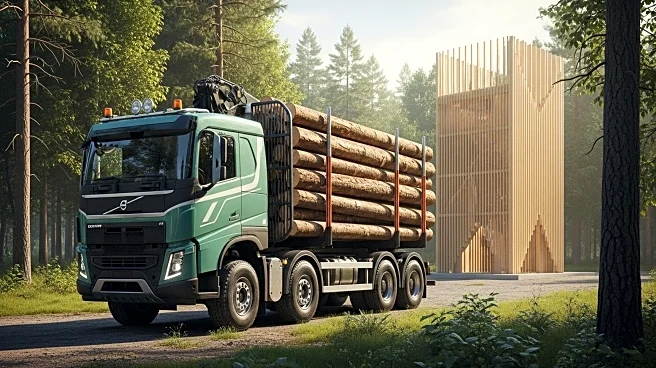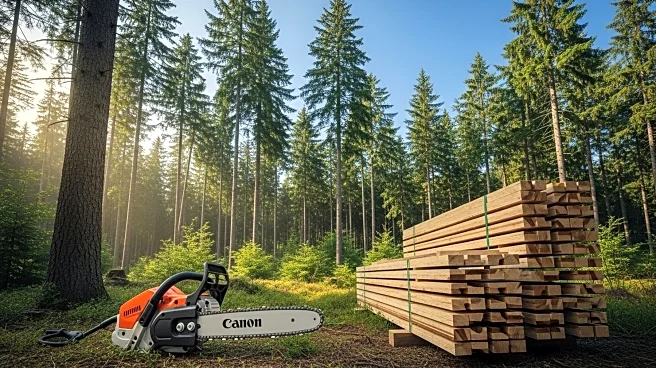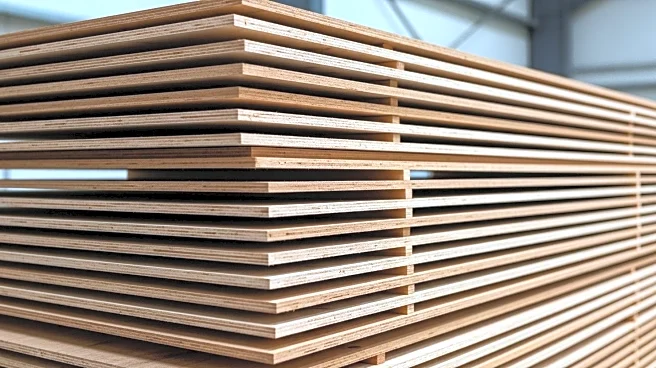What's Happening?
Mass timber construction in Canada is facing significant bottlenecks due to high insurance premiums and inconsistent building code adoption. Despite the technical feasibility of using cross-laminated timber for tall structures, insurers are cautious due to a lack of historical data, leading to higher premiums compared to concrete projects. Additionally, building codes vary across provinces, causing delays and increased costs for developers. These challenges hinder the scalability of mass timber as a mainstream construction material.
Why It's Important?
The challenges faced by mass timber construction highlight the need for regulatory and insurance reforms to support sustainable building practices. Mass timber offers environmental benefits, such as reduced carbon emissions, but its adoption is slowed by financial and bureaucratic hurdles. Addressing these issues could accelerate the transition to greener construction methods, benefiting the housing sector and contributing to climate change mitigation efforts. Successful integration of mass timber could also stimulate economic growth in related industries.
What's Next?
Efforts to normalize mass timber construction are underway, including the collection of data to better inform insurance pricing and the push for consistent building code adoption across provinces. These measures aim to reduce perceived risks and streamline project approvals. As more projects are completed and data is gathered, insurance premiums are expected to decrease, making mass timber a more viable option for developers. Continued advocacy and policy adjustments will be crucial in overcoming current barriers.











